Kitten Socialization And Play
The Importance of Playful Purr-sonalities: Why Kitten Socialization and Play Matter
Kittens are adorable bundles of fur with boundless energy and curiosity. But beyond the cuteness lies a crucial developmental stage: socialization. This period, which ideally starts as early as 2 weeks old and continues through 7 weeks, plays a significant role in shaping your kitten’s personality and behavior for life. Let’s delve into why socialization is so important and how you can make playtime a purr-fect learning experience for your furry friend.
Building Confidence and Avoiding Unwanted Behaviors:
Imagine a shy, withdrawn adult cat – not exactly the cuddly companion you envisioned. Proper socialization helps kittens develop confidence and feel comfortable around humans and other animals. This reduces the likelihood of fear-based behaviors like hissing, scratching, or hiding later in life.
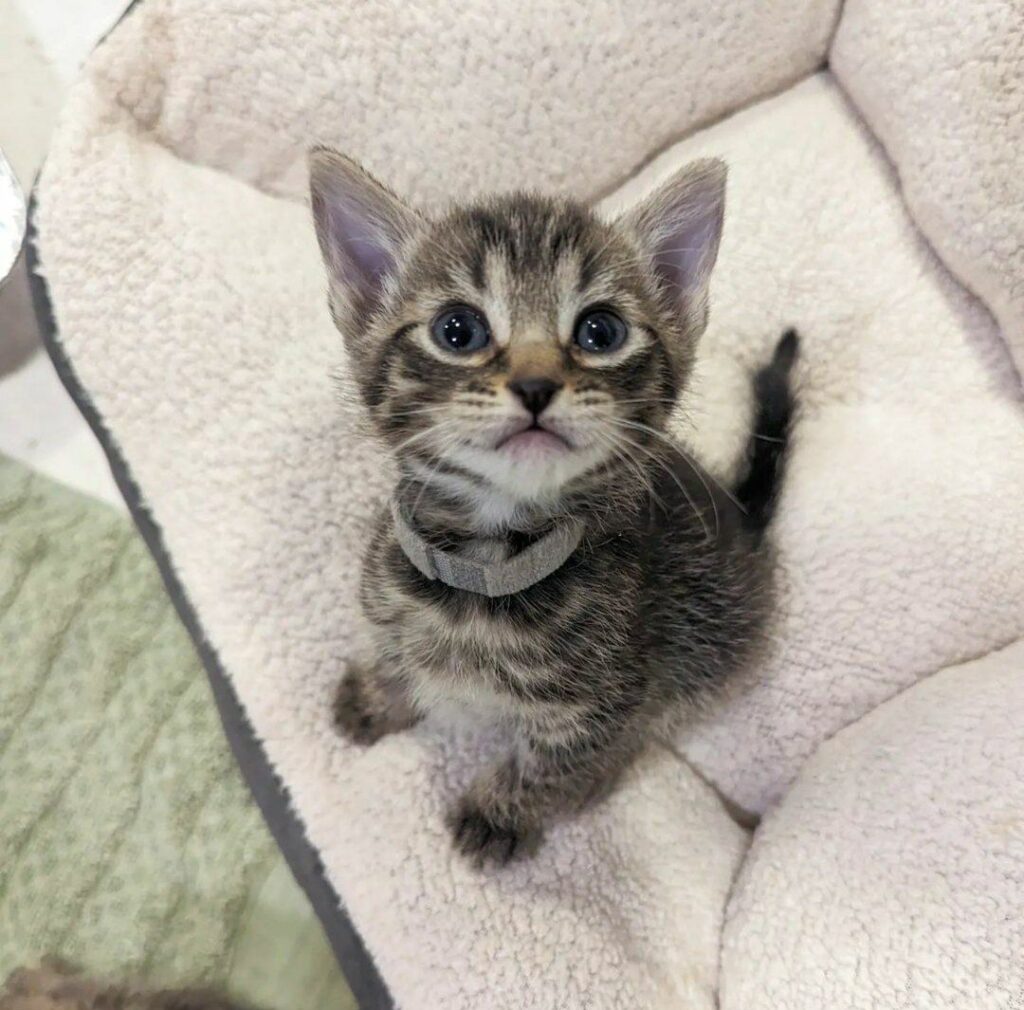
Learning the Rules of Engagement:
Think of kitten playtime as a crash course in feline etiquette. Through interactions with littermates, humans, and even gentle objects, kittens learn important social skills like bite inhibition (not biting too hard) and appropriate play behaviors. This translates to a well-mannered adult cat who knows how to interact playfully without causing harm.
Creating a Purr-fect Future:
Socialized kittens are more likely to become adaptable, friendly, and even-tempered adult cats. They’ll be comfortable with new situations, enjoy interacting with people and other pets, and overall be a joy to have around.
Making Playtime a Learning Experience:
Here are some tips to ensure playtime fosters positive socialization:
- Interactive Toys: Engage your kitten with wand toys, feather teasers, or crinkly balls that encourage chasing and swatting. This mimics hunting instincts and strengthens your bond.
- Variety is Key: Rotate toys regularly to keep playtime interesting and challenging. Introduce new textures and shapes to stimulate your kitten’s curiosity.
- Gentle Handling: Pick up your kitten gently, supporting their weight. Stroke them softly and get them accustomed to human touch from a young age.
- Supervised Interactions: If you have other pets, introduce them gradually and in a controlled environment. Ensure your kitten has a safe space to retreat to if needed.
By prioritizing kitten socialization and incorporating playful interaction into your daily routine, you’re not just having fun, you’re laying the foundation for a happy, well-adjusted cat who will be your loving companion for years to come.
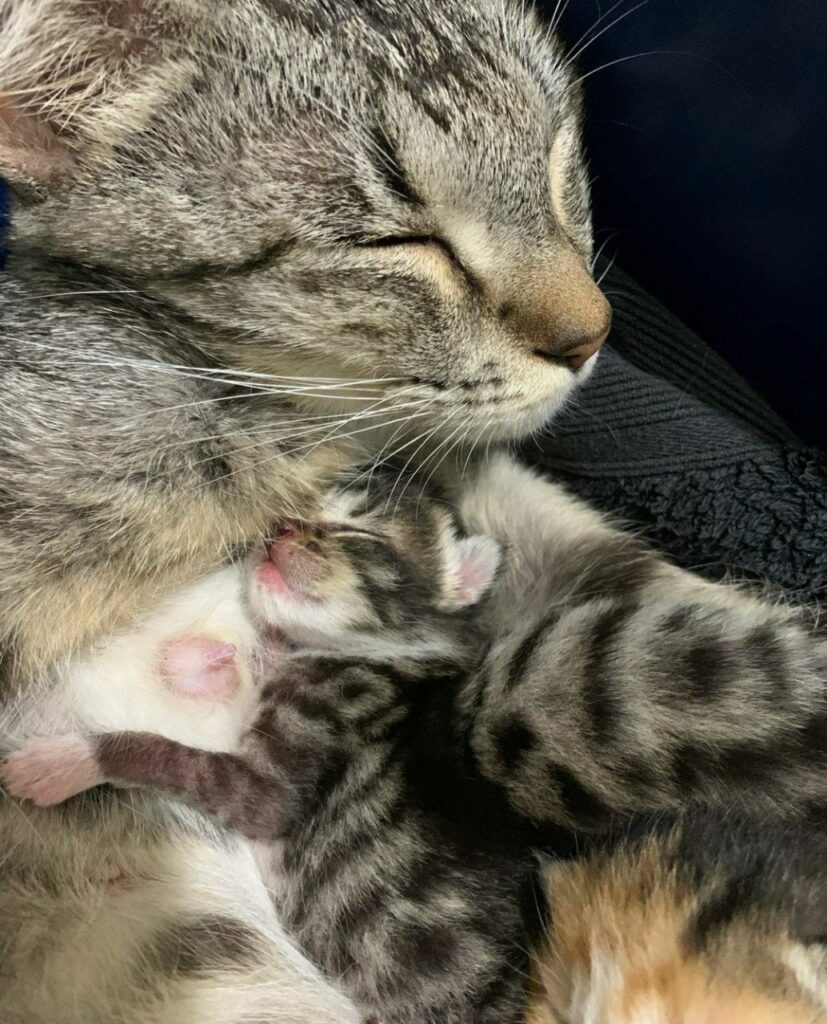
Kitten Socialization FAQs: Building a Purrfectly Behaved Feline Friend
Kittens may appear independent, but the early weeks and months are crucial for shaping their behavior and personality. Here are some frequently asked questions (FAQs) about kitten socialization, along with tips to get you started:
Q: Why is socializing my kitten important?
- A: Socialization helps kittens develop confidence, learn appropriate play behavior, and become comfortable around humans and other animals. This reduces the risk of fear-based behaviors like hissing, scratching, or hiding in adulthood.
Q: When should I start socializing my kitten?
- A: The ideal window for socialization is between 2 and 7 weeks old. However, even kittens beyond this timeframe can still benefit from socialization efforts.
Q: How can I socialize my kitten?
- A: Here are some key strategies:
- Playtime: Engage your kitten in interactive playtime with wand toys, crinkly balls, or feather teasers. This mimics hunting instincts and strengthens your bond.
- Gentle Handling: Pick up your kitten gently, supporting their weight. Stroke them softly and get them accustomed to human touch from a young age.
- Exposure to People: Invite friends and family to interact with your kitten in a calm and positive manner. This helps them feel comfortable around new people.
- Supervised Interactions: If you have other pets, introduce them gradually and in a controlled environment. Ensure your kitten has a safe space to retreat to if needed.
Q: What are some signs that my kitten isn’t well-socialized?
- A: Signs of insufficient socialization include:
- Hissing, scratching, or biting when approached by humans or other animals
- Excessive hiding or timidity
- Difficulty adapting to new environments
Q: I got an older kitten, is it too late to socialize them?
- A: While the prime window is earlier, older kittens can still benefit from socialization efforts. Be patient, use positive reinforcement techniques, and create a safe and positive environment for interaction.
Remember, consistency and patience are key. By incorporating these tips into your daily routine, you can help your kitten blossom into a well-adjusted, confident, and loving feline companion.
Add Your Heading Text Here
Socialization is crucial for kittens, but it requires a well-thought-out approach. Here’s a breakdown of the basics you need to consider when introducing your tiny furball to the world:
The Critical Window:
- Early Start, Lasting Impact: The most receptive period for socialization is between 2 and 7 weeks old. During this time, kittens are more open to new experiences and less likely to develop fear-based responses.
Creating Positive Associations:
- Focus on Fun: Make socialization a positive experience for your kitten. Use interactive toys, gentle handling, and positive reinforcement techniques like treats and praise. This creates happy associations with new sights, sounds, and interactions.
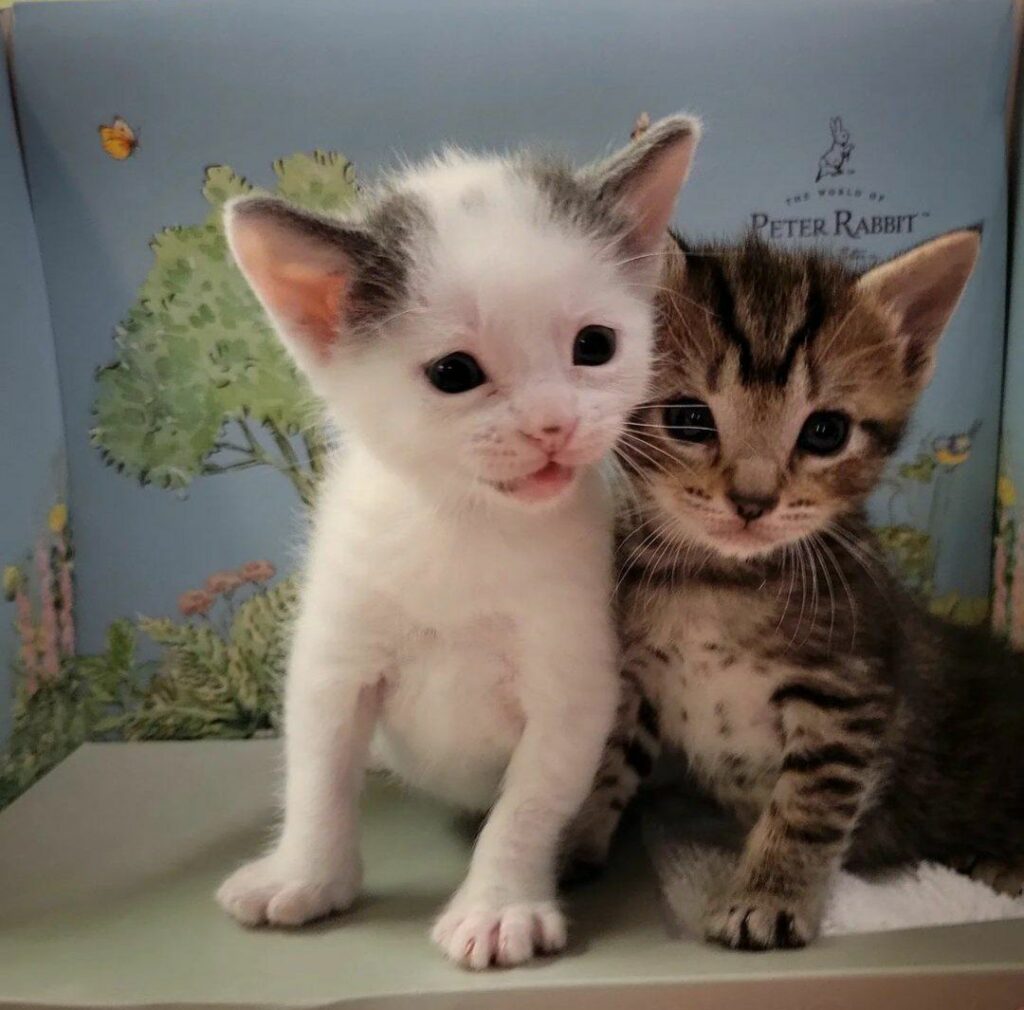
Gradual Exposure:
- Don’t Overwhelm: Introduce new experiences gradually and in a controlled manner. Start with familiar surroundings and people, then slowly introduce new sounds, smells, and environments. Allow your kitten to approach new things at their own pace.
Safety First:
- Controlled Interactions: If you have other pets, ensure supervised introductions in a neutral space. Provide your kitten with a safe haven to retreat to if they feel overwhelmed. Be mindful of potential dangers in new environments.
The Power of People:
- More Than Just You: Encourage interaction with different people, both adults and children (under supervision). This helps your kitten feel comfortable around various personalities and reduces the risk of fear of strangers.
Beyond the Basics:
- Sounds and Smells: Gradually expose your kitten to household noises like vacuum cleaners or the doorbell. Introduce them to new smells in a safe way, like bringing them outside for brief supervised sniffs.
Remember, consistency and patience are key. By incorporating these strategies into your daily routine, you can effectively socialize your kitten and set them on the path to becoming a confident, well-adjusted, and loving feline companion.
Respecting Their Independece
respecting your kitten’s independence is an important part of their development. Here are some ways to achieve a balance between socialization and respecting their need for space:
Understanding Feline Nature:
- Cats are (somewhat) solitary creatures: While cats can be very affectionate companions, they also have a natural instinct for independence. This means they may not crave constant attention and may enjoy some time alone to relax and recharge.
Providing Safe Spaces:
- Cat condos and perches: Offer your kitten designated areas to retreat to when they feel overwhelmed or simply want some quiet time. Cat condos with multiple levels and hiding spots are ideal.
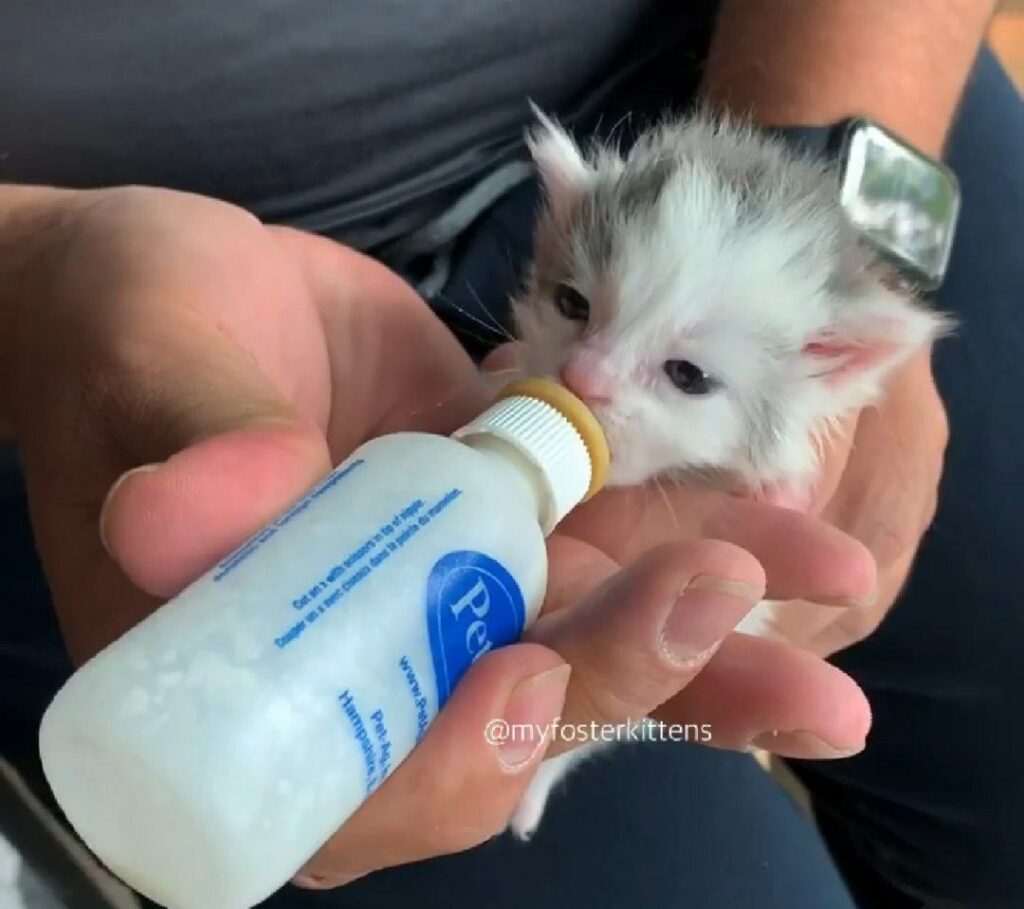
- Respect their boundaries: If your kitten swats at your hand or hides under the bed, don’t force interaction. Give them space and they’ll likely come around when they’re ready.
Socialization Doesn’t Equal Constant Attention:
- Quality Interactions: Focus on short, positive socialization sessions throughout the day. Engage them in playtime, offer gentle petting sessions, and reward them for desired behaviors. This strengthens your bond without overwhelming their need for independence.
- Respectful Playtime: Pay attention to your kitten’s body language. If they flatten their ears or swat at your hand, they’ve had enough. End the play session and try again later.
Building Trust and Respect:
- Positive Reinforcement: Use treats, praise, and gentle petting to reward desired behaviors. This builds trust and encourages positive interactions.
- Gentle Handling: Pick up your kitten gently and support their weight. Avoid squeezing or holding them for too long.
Finding the Balance:
- Observe and Adapt: Learn your kitten’s individual personality. Some kittens may be more social than others. Adjust your approach based on their cues and comfort level.
By respecting your kitten’s independence but still providing opportunities for socialization, you can create a harmonious relationship built on trust and mutual understanding.
Rewarding Good Behavior
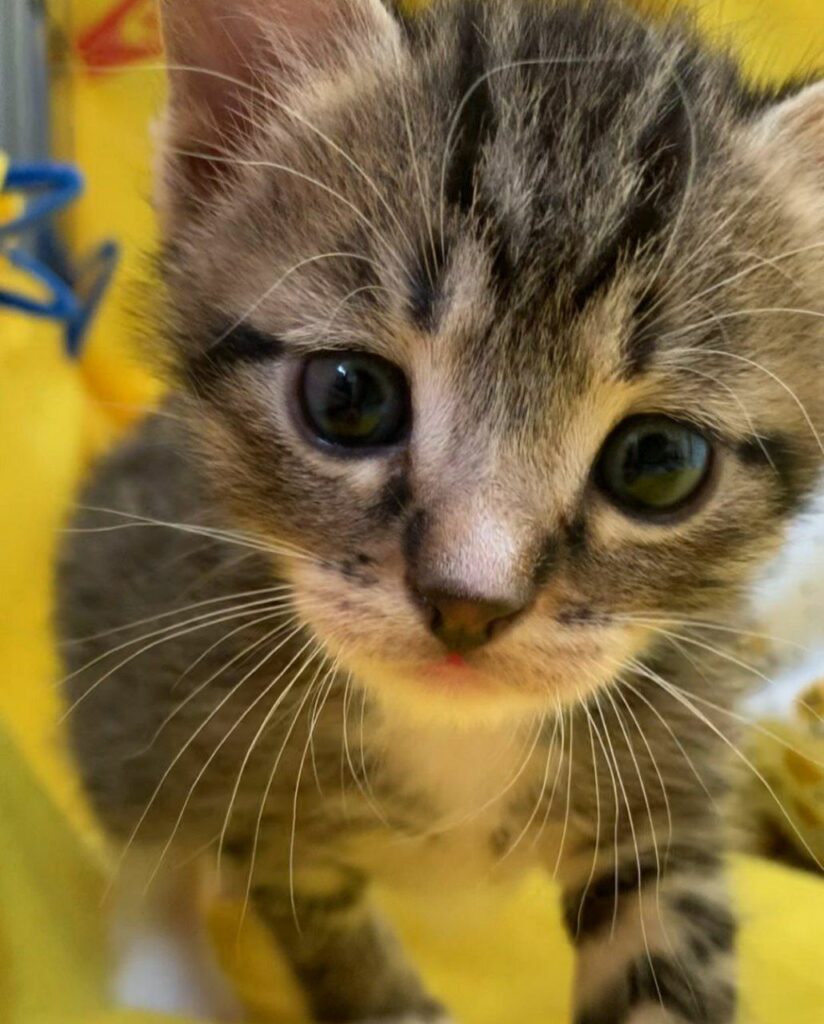
Rewarding good behavior is a fundamental principle in effective kitten socialization and training. Here’s how positive reinforcement can be used to shape your kitten’s development:
The Power of Positive Reinforcement:
- Building a Bond: When you reward good behavior, you create positive associations with desired actions. This strengthens your bond with your kitten and encourages them to repeat the behavior.
- Motivation and Learning: Rewards motivate kittens to learn and develop desired behaviors. This can be anything from using the litter box to playing gently instead of scratching furniture.
Beyond Treats:
- Variety is Key: While treats are a great motivator, don’t limit yourself. Positive reinforcement can also include:
- Affection: Praise and gentle petting go a long way in rewarding good behavior.
- Playtime: Engage your kitten in a fun play session after they’ve displayed positive behavior.
- Attention: Give your kitten some focused attention when they’ve done something you approve of.
Timing is Crucial:
- Immediate Rewards: For maximum impact, deliver the reward immediately after the desired behavior occurs. This creates a clear link between the action and the positive consequence.
Be Consistent:
- Consistency is Key: Use the same rewards and praise consistently for specific behaviors. This helps your kitten understand what’s expected of them.
Setting Your Kitten Up for Success:
- Manageable Expectations: Start with simple behaviors and gradually increase the difficulty as your kitten learns.
- Focus on the Positive: Catch your kitten in the act of good behavior and reward them. Ignoring unwanted behaviors and focusing on rewarding the desired ones is more effective than punishment.
Positive reinforcement is a gentle and effective way to shape your kitten’s behavior and build a strong, trusting relationship. By using a combination of rewards, praise, and affection, you can guide your kitten towards becoming a well-adjusted and happy feline companion.
Start Early
Early socialization is crucial for shaping a kitten’s personality and behavior for life. Here’s why starting early is so important:
A Window of Opportunity:
- Prime Time for Learning: The most receptive period for socialization is between 2 and 7 weeks old. During this time, kittens are like little sponges, readily absorbing new experiences and forming positive associations.
Building Confidence:
- Fearless Future: By exposing kittens to a variety of sights, sounds, smells, and people during this critical window, we help them develop confidence and overcome potential fears. This reduces the likelihood of them becoming shy or withdrawn adult cats.
Developing Social Skills:
- Learning the Ropes: Early interactions with littermates teach kittens essential social skills like bite inhibition (not biting too hard) and appropriate play behavior. This translates to a well-mannered adult cat who knows how to interact playfully without causing harm.
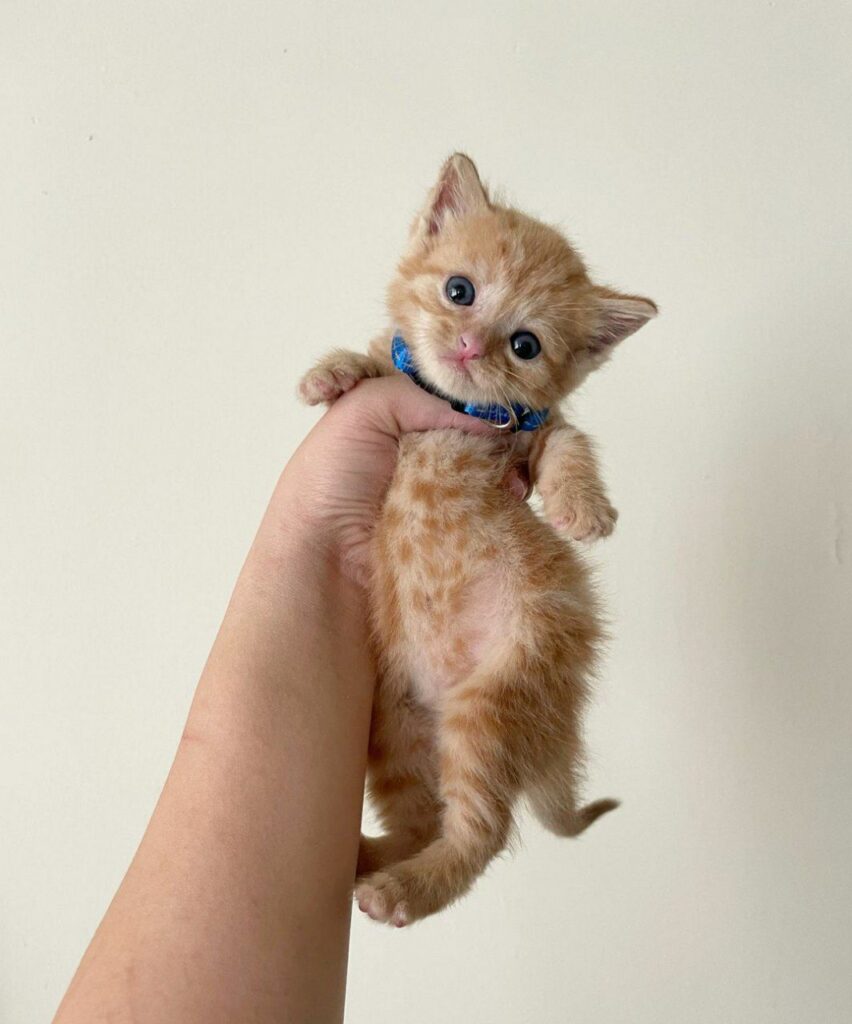
Adaptability and Friendliness:
- Well-Adjusted Future: Kittens who are well-socialized early on are more likely to become adaptable, friendly, and even-tempered adult cats. They’ll be comfortable in new situations, enjoy interacting with people and other pets, and overall be a joy to have around.
The Benefits Last a Lifetime:
- Long-Term Impact: The positive experiences gained through early socialization have a lasting impact on a cat’s life. They’ll be less stressed in new environments, more receptive to training, and ultimately form a stronger bond with their human companions.
Even if you adopt an older kitten:
- Never Too Late: While the prime window is earlier, kittens beyond 7 weeks can still benefit from socialization efforts. Be patient, use positive reinforcement techniques, and create a safe and positive environment for interaction.
Here are some tips for starting early:
- Gentle Handling: Pick up your kitten gently and support their weight. Stroke them softly and get them accustomed to human touch from a young age.
- Playtime with Siblings: Supervised playtime with littermates allows them to practice social skills and burn off energy.
- Positive Interactions: Invite friends and family to interact with your kitten in a calm and positive manner. This helps them feel comfortable around new people.
By prioritizing early socialization, you’re giving your kitten the best possible start in life, setting them on the path to becoming a happy, confident, and loving feline companion.
Make Time To Play
Playtime is an essential part of a kitten’s life, not just for entertainment, but also for socialization, development, and creating a strong bond with you. Here’s why making time for play is crucial:
Beyond Fun and Games:
While playtime is certainly enjoyable for kittens, it serves several important purposes:
- Physical Development: Playtime helps kittens develop their muscles, coordination, and hunting instincts. Chasing toys, swatting at balls, and leaping through the air are all forms of exercise that keep them healthy and fit.
- Mental Stimulation: Interactive play sessions challenge your kitten mentally, keeping them engaged and preventing boredom. This reduces the likelihood of destructive behaviors like scratching furniture or chewing on wires.
- Socialization: Playtime with you or their siblings helps kittens learn appropriate play behaviors like bite inhibition and strengthens your bond with them.
- Stress Relief: A good play session can help relieve stress and anxiety in kittens, promoting overall well-being.

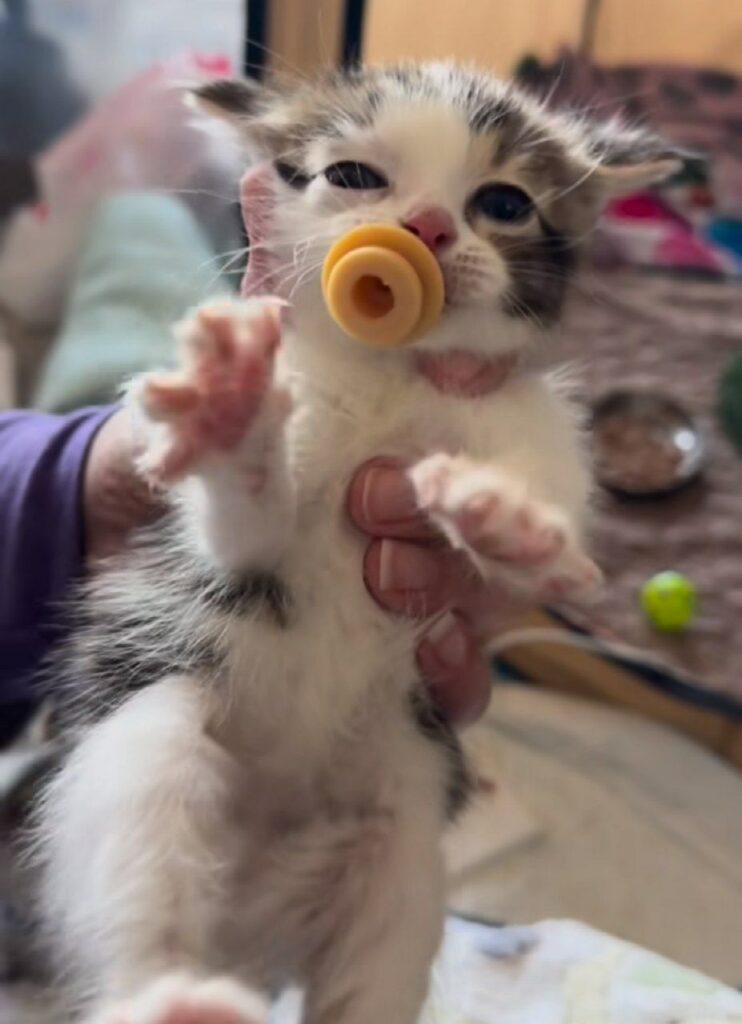
Making Playtime Purrfect:
Here are some tips to ensure playtime is engaging and beneficial for both you and your kitten:
- Variety is Key: Rotate toys regularly to keep playtime interesting. Use feather teasers, wand toys, crinkly balls, or even household items like empty cardboard boxes.
- Mimic Hunting: Move toys erratically to mimic the movements of prey, triggering your kitten’s natural hunting instincts.
- Keep it Short and Sweet: Multiple short play sessions throughout the day are more effective than one long session. Pay attention to your kitten’s cues. If they lose interest or start biting, it’s time to wrap it up.
- Positive Reinforcement: Reward good play behavior with praise, petting, or treats. This encourages them to continue playing appropriately.
- Interactive Fun: Engage with your kitten during playtime. Talk to them in a high-pitched voice, move toys around, and make it a fun bonding experience.
How Much Playtime is Enough?
The amount of playtime will vary depending on your kitten’s age and energy level. Generally, aim for 15-20 minutes of interactive play sessions several times a day.
By dedicating time to playful interaction, you’re not just keeping your kitten entertained, you’re investing in their physical and mental well-being, strengthening your bond, and setting them up for a happy and healthy life.
Fill Your Kitten's Life With New Experiences
Enriching Your Kitten’s World: A Guide to New Experiences
Kittens are curious little explorers by nature. Filling their lives with new experiences is not just about keeping them entertained, it’s crucial for their development and well-being. Here’s how to create a stimulating environment and introduce your kitten to the wonders of the world in a safe and positive way:
The Importance of Novelty:
- Brainpower Boost: New experiences stimulate your kitten’s mental development, keeping them curious and engaged. This helps prevent boredom and destructive behaviors like scratching furniture or chewing on wires.
- Building Confidence: Exposure to new sights, sounds, and smells builds confidence and helps kittens feel comfortable in unfamiliar situations. This reduces the risk of fear-based behaviors like hiding or hissing in adulthood.
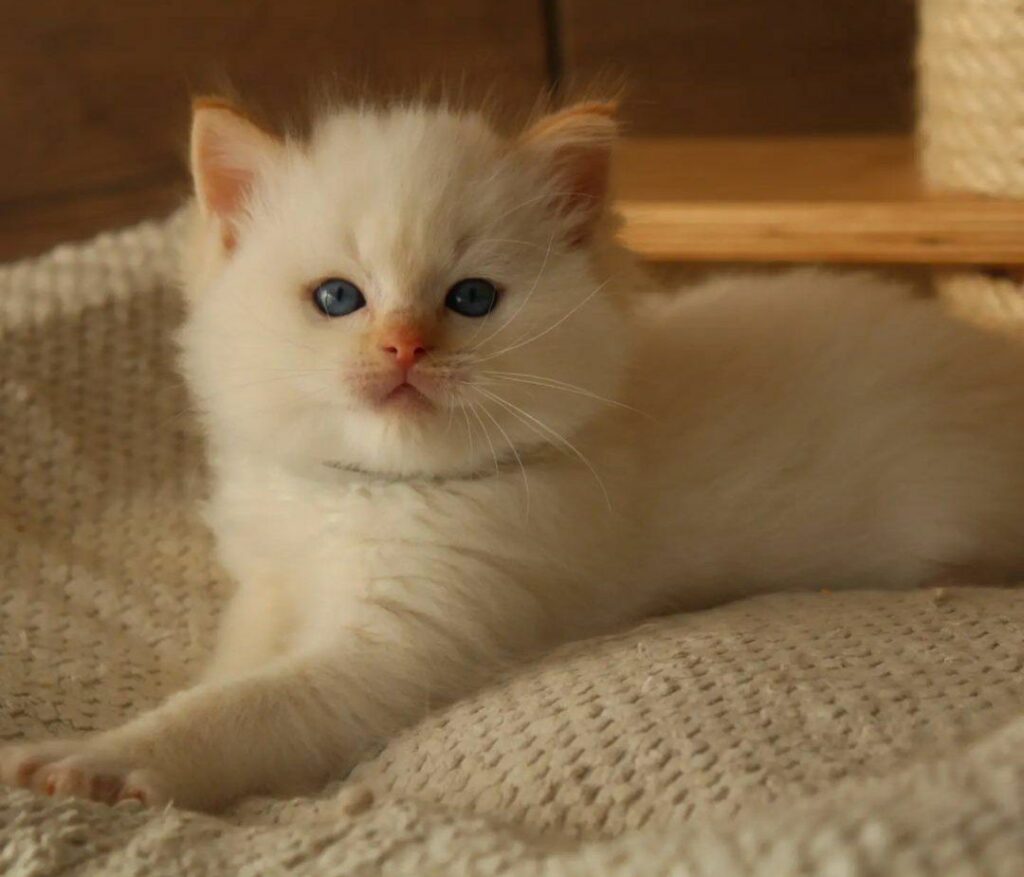
- Bonding Time: Introducing new experiences together is a fantastic way to interact with your kitten and strengthen your bond.
Safe Exploration:
- Start Slow: Don’t overwhelm your kitten with too much too soon. Begin with simple changes and gradually introduce new experiences as they become comfortable.
- Supervised Adventures: If you have a secure outdoor space, supervised exploration allows your kitten to experience fresh air, natural sights, and sounds. Always keep a close eye on them and provide hiding spots if they get overwhelmed.
- Indoor Enrichment: Even indoor kittens can have enriching experiences. Rotate toys regularly, create hiding spots with cardboard boxes or tunnels, and consider interactive food puzzles to challenge them mentally.
- The Power of Smells: Catnip is a natural attractant for many kittens. Sprinkle a small amount on scratching posts or toys to create a stimulating environment. Supervise them closely with catnip, as some kittens become overly excited.
Ideas for New Experiences:
- Soundscapes: Play calming nature sounds or classical music to expose your kitten to different auditory experiences.
- Mirror, Mirror: Place a safe, unbreakable mirror in their environment to spark curiosity about their reflection.
- Feeder Fun: Fill food puzzles with kibble or treats to challenge their problem-solving skills and slow down their eating.
- Window Watching: Secure a window perch to allow your kitten to observe the outside world safely. Birds and squirrels can provide endless entertainment.
- Harness Training (Optional): For adventurous kittens, consider leash training for short, supervised walks outdoors. Start slow in a quiet area and prioritize their comfort and safety.
Remember:
- Observe and Adapt: Pay attention to your kitten’s body language. If they seem scared or stressed, stop the activity and try again later.
- Positive Reinforcement: Reward your kitten with praise, petting, or treats for exploring new things confidently. This creates positive associations with new experiences.
By incorporating novelty into your kitten’s life, you’re not just keeping them entertained, you’re nurturing their curiosity, building their confidence, and creating a strong bond based on shared experiences.
How to look after your kitten’s mental and physical well-being
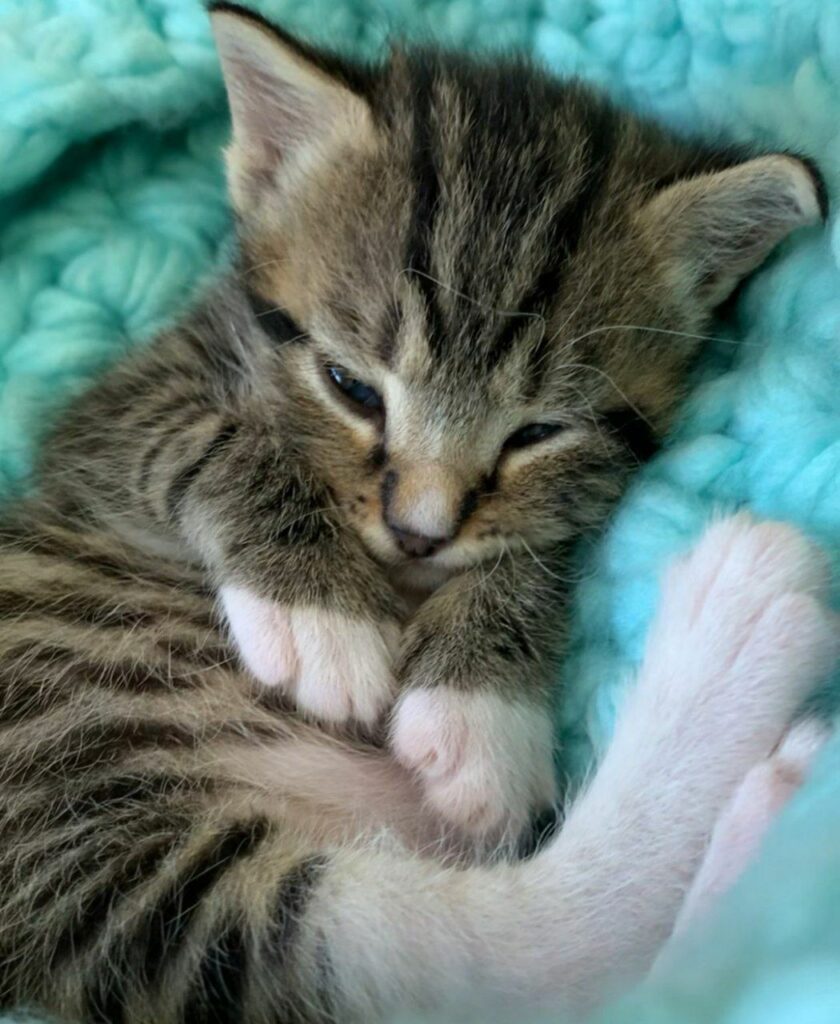
Keeping Your Kitten Fit and Happy: A Guide to Mental and Physical Wellbeing
Kittens are bundles of boundless energy and curiosity. Their early development thrives on mental and physical stimulation. By incorporating daily exercise, play, and environmental enrichment into their routine, you’re not just keeping them entertained, you’re investing in their overall well-being for years to come.
The Benefits of an Active Lifestyle:
- Physical Fitness: Regular exercise keeps your kitten’s muscles strong, joints flexible, and promotes a healthy weight. This helps prevent obesity and reduces the risk of health problems later in life.
- Mental Stimulation: Engaging playtime and environmental enrichment challenge your kitten’s mind, keeping them curious and preventing boredom. This mental agility translates to a happier and more well-adjusted cat.
- Skill Development: Playtime with toys and climbing structures allows kittens to hone their hunting instincts, practice coordination, and learn important life skills.
- Bonding Time: Interactive play sessions become a fun way to bond with your kitten, strengthening your relationship and building trust.
Turning Playtime into Purrfect Exercise:
Here are some tips to ensure your kitten gets the exercise and stimulation they need:
- Variety is Key: Rotate toys regularly to keep playtime interesting. Use feather teasers, wand toys, crinkly balls, or even household items like empty cardboard boxes.
- Mimic Hunting: Move toys erratically to mimic the movements of prey, triggering your kitten’s natural hunting instincts.
- Short and Sweet Sessions: Multiple short play sessions throughout the day are more effective than one long session. Pay attention to your kitten’s cues. If they lose interest or start biting, it’s time to wrap it up.
- Positive Reinforcement: Reward good play behavior with praise, petting, or treats. This encourages them to continue playing appropriately.
- Enrich Their Environment: Provide scratching posts, climbing structures, and cat trees to encourage exploration and vertical movement. Consider interactive food puzzles to challenge them mentally.
Beyond Playtime:
- Supervised Exploration: If you have a secure outdoor space, supervised exploration allows your kitten to experience fresh air, natural sights, and sounds. Always keep a close eye on them and provide hiding spots if they get overwhelmed.
- Harness Training (Optional): For adventurous kittens, consider leash training for short, supervised walks outdoors. Start slow in a quiet area and prioritize their comfort and safety.
Remember:
- Start Young: Establish a routine of playtime and environmental enrichment early on.
- Adjust as They Grow: As your kitten matures, their exercise needs may change. Adapt your approach to ensure they continue to receive the appropriate level of stimulation.
By providing your kitten with a stimulating environment, engaging playtime sessions, and opportunities for safe exploration, you’re setting them up for a lifetime of physical and mental well-being. This translates to a healthy, happy, and well-adjusted feline companion for years to come.
Running And Chasing Games
Running and chasing games are a fantastic way to provide your kitten with the exercise and mental stimulation they crave. Here are some ideas to get you started:
Channeling the Inner Hunter:
Kittens have a natural instinct to chase and pounce. Running and chasing games tap into this instinct, providing them with a fun and healthy outlet for their energy:
- Wand Toys: These are classic for a reason! Move the wand erratically to mimic the movement of prey, enticing your kitten to chase and swat at the toy.
- Laser Pointers: Laser pointers can be fun, but use them in moderation. Since kittens can’t “catch” the red dot, it’s important to end the play session with a physical toy they can bat around.
- Crinkly Balls: The sound and texture of crinkly balls are irresistible to many kittens. Toss them across the floor and watch your little hunter chase after them.
- DIY Fun: Empty cardboard boxes, paper bags, or even toilet paper rolls can be transformed into fun chasing targets. Just be sure to supervise your kitten and remove any staples or tape that could be a choking hazard.
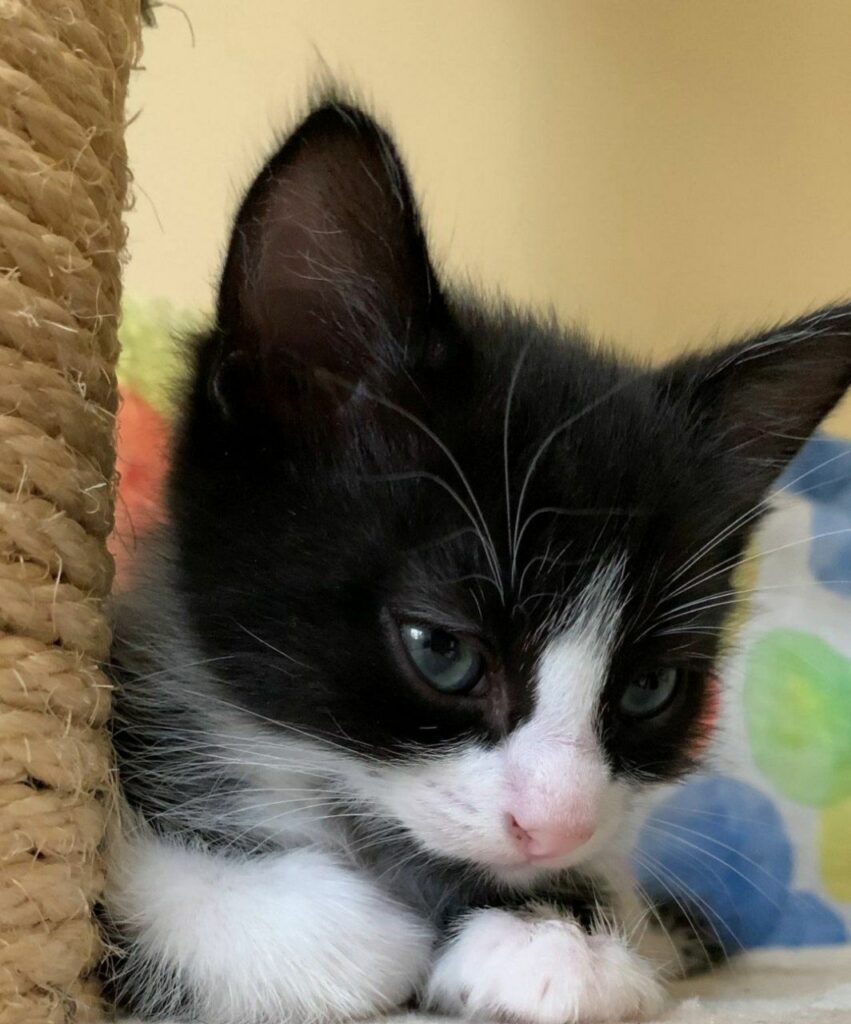
Keeping it Safe and Positive:
Here are some tips to ensure chasing games are safe and enjoyable for both you and your kitten:
- Kitten-Proof the Area: Pick up any loose objects that your kitten could trip over or ingest during play.
- Pay Attention to Cues: If your kitten seems scared, overwhelmed, or starts biting, end the play session and try again later.
- Positive Reinforcement: Reward your kitten with praise, petting, or treats for engaging in the game playfully.
- Take Breaks: Keep play sessions short and sweet, especially for young kittens. Multiple short bursts of energy are more effective than one long, tiring session.
Beyond Chasing:
While chasing games are great, here are some additional ideas for exercise and stimulation:
- Climbing Structures: Provide cat trees, scratching posts, or shelves for your kitten to climb and explore.
- Interactive Food Puzzles: These challenge your kitten’s mind and slow down their eating habits.
- Supervised Exploration: If you have a secure outdoor space, consider supervised exploration on a harness and leash.
By incorporating running and chasing games into your kitten’s daily routine, you’re not just keeping them entertained, you’re helping them develop their hunting instincts, burn off energy, and creating a strong bond through shared playtime.
Climbing
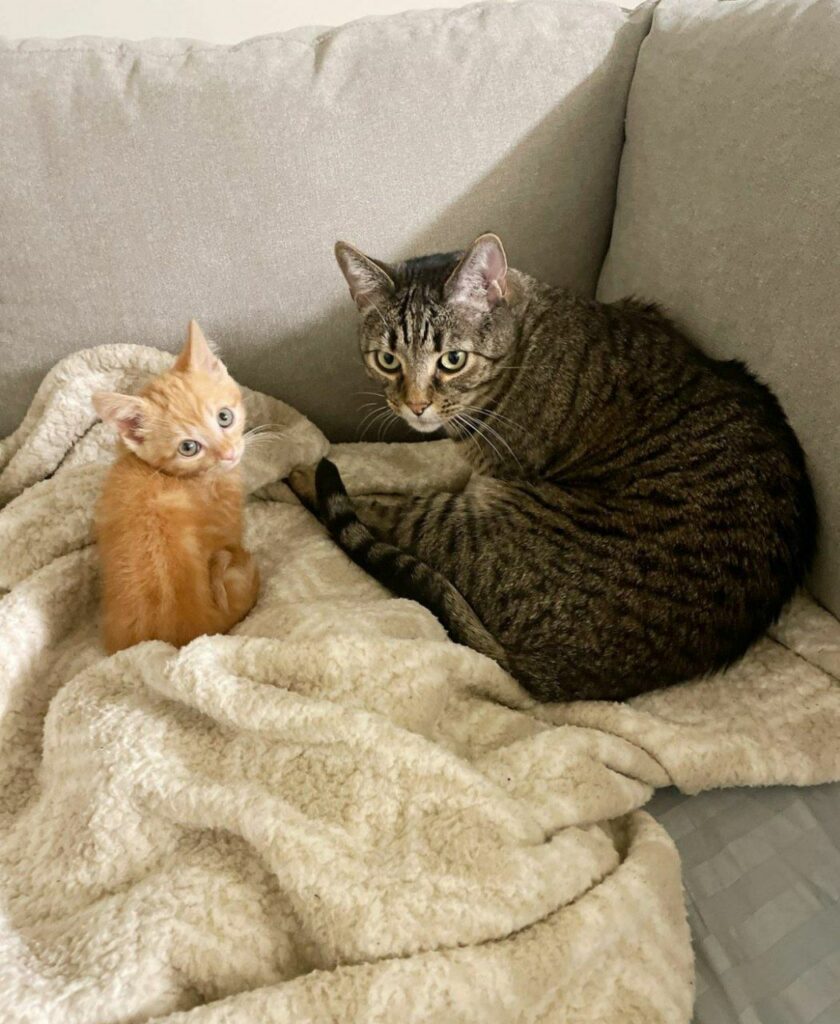
Climbing is an essential instinct and natural behavior for kittens. It allows them to:
- Fulfill their hunting instincts: Reaching high places simulates stalking prey in the wild.
- Explore their surroundings: Climbing provides a vantage point for kittens to observe their environment and feel more secure.
- Exercise and develop muscles: Climbing strengthens their core, legs, and coordination.
- Relieve boredom: Climbing structures offer a stimulating outlet for their energy and curiosity.
Providing Climbing Opportunities:
Here’s how you can create a climbing haven for your kitten:
- Cat Trees: Invest in a sturdy cat tree with multiple levels, platforms, and scratching posts. Opt for sisal rope or cardboard scratching surfaces to encourage scratching behavior in appropriate locations.
- Wall-mounted Shelves: Install shelves at various heights along the wall to create a climbing circuit. Secure them properly to ensure your kitten’s safety.
- Scratching Posts: Stand-alone scratching posts with multiple levels or textures can also encourage climbing behavior.
Safety First:
Here are some safety considerations for your climbing kitten:
- Stability: Ensure all climbing structures are stable and securely mounted to prevent tipping over.
- Material: Choose materials that are safe and appropriate for climbing. Avoid slippery surfaces that could cause falls.
- Soft Landings: Place a cushioned mat or rug beneath any high climbing structures to provide a soft landing in case of a fall.
- Supervise Play: Especially with young kittens, supervise their climbing activities to ensure they don’t get stuck or lose their balance.
Benefits Beyond Climbing:
Climbing structures offer more than just physical benefits:
- Stress Relief: Climbing can be a calming activity for kittens, providing them with a sense of security and control over their environment.
- Mental Stimulation: Climbing challenges their minds and keeps them engaged, reducing boredom and destructive behavior.
By providing your kitten with safe and stimulating climbing opportunities, you’re fulfilling their natural instincts, promoting exercise and muscle development, and creating a happy and enriched environment for your feline friend.
Making Mealtimes Active
Making mealtimes active for your kitten is a fantastic way to:
- Combine mental and physical stimulation: It goes beyond just feeding and adds an element of play and challenge.
- Mimic natural hunting behaviors: Kittens have to “work” for their food, satisfying their natural instincts.
- Slow down eating: Interactive feeders and puzzle toys encourage slower eating, which can benefit your kitten’s digestion and weight management.
- Strengthen your bond: Mealtime becomes a fun activity you can share with your kitten.
Here are some ideas to get you started:
Interactive Food Dispensers:
- Food Puzzles: These come in various shapes and difficulty levels. Kittens have to bat, paw, or nudge the puzzle to release kibble or treats, keeping them mentally engaged during mealtime.
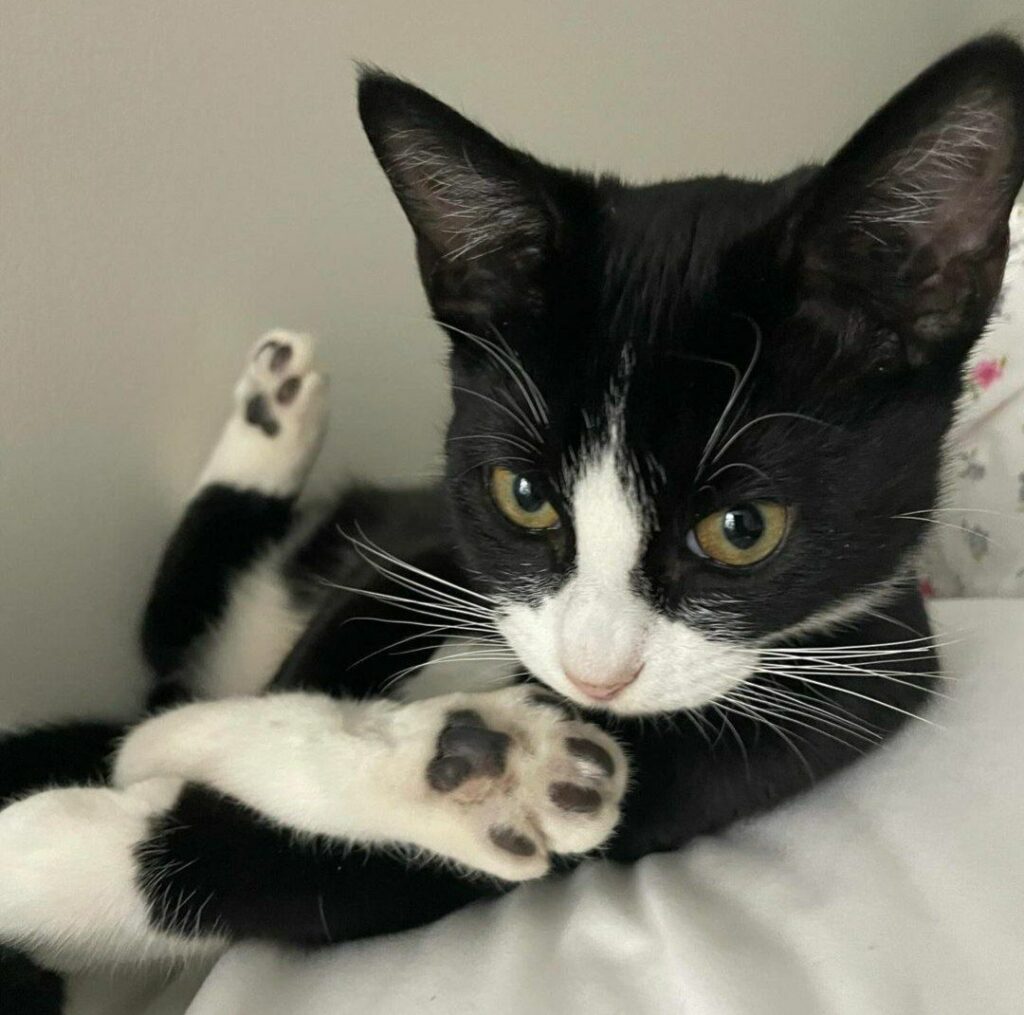
- Ball Dispensers: These dispense kibble as the ball rolls around. Your kitten will chase and bat at the ball, burning off energy while getting their food.
- DIY Fun: Get creative with household items! Place kibble in an empty cardboard box with small holes cut out. Your kitten will have to work to get the food out. (Always supervise playtime with cardboard boxes to prevent chewing or ingestion.)
Scatter Feeding:
- Hide and Seek: Scatter kibble around the house or in a designated area (like a small playpen). Your kitten will have to sniff and search for their food, mimicking a natural hunting experience.
- Treasure Hunt: Hide kibble in different places around the house and let your kitten use their nose to find it. This is a great way to encourage exploration and mental stimulation.
Playtime Before Meals:
- Short Burst of Energy: Engage your kitten in a short play session before mealtime. This helps burn off some energy and makes them more interested in the food.
Important Considerations:
- Start Slow: If you’re introducing a new feeder or activity, begin gradually. Let your kitten get used to it before making it the only way they eat.
- Variety is Key: Rotate different feeders and activities to keep things interesting for your kitten.
- Supervise Play: Always supervise your kitten during mealtime activities, especially with young kittens or those new to interactive feeders.
- Adjust Difficulty: As your kitten gets the hang of it, choose more challenging feeders or hiding spots to keep them stimulated.
Making mealtimes active for your kitten is a fun and engaging way to enrich their daily routine. It promotes their physical and mental well-being, strengthens your bond, and creates a positive association with mealtime.
Signs That Your Kitten Needs More Exercise
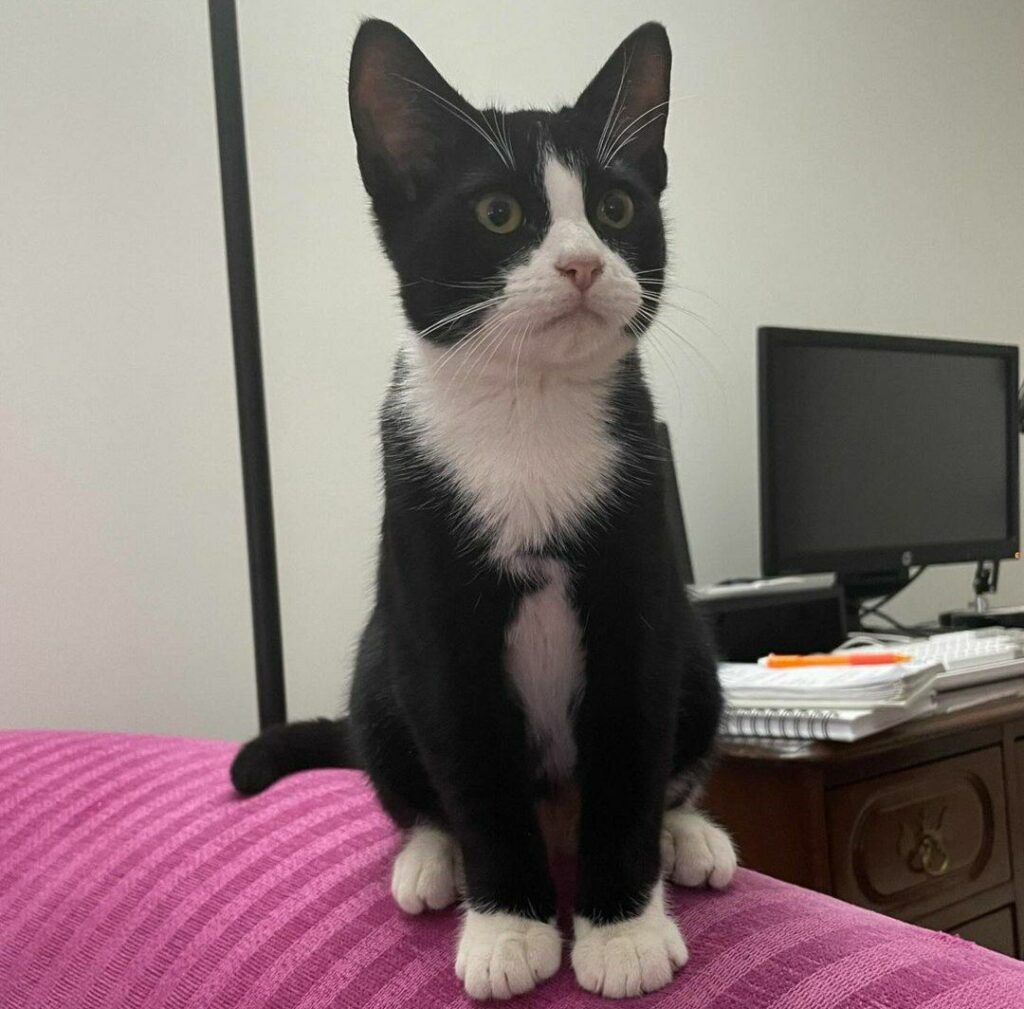
Excess Energy with Nowhere to Go:
- Excessive Weight Gain: Kittens who don’t get enough exercise burn fewer calories, leading to weight gain. This can contribute to health problems like diabetes and joint issues later in life.
- Destructive or Aggressive Behavior: Bottled-up energy can manifest as destructive behaviors like scratching furniture, chewing on wires, or tearing down curtains. Aggression towards people or other pets can also be a sign of frustration due to lack of exercise.
Apathy Instead of Playfulness:
- Lethargy: A normally active kitten who suddenly becomes sluggish or sleeps excessively might be bored or lacking stimulation.
- Disinterest in Toys and Games: Kittens naturally love to play. If yours consistently ignores toys and attempts at playtime, it could indicate a need for more engaging activities.
Addressing the Issue:
If you notice any of these signs, it’s time to step up your kitten’s exercise routine. Here are some tips:
- Increase Playtime: Aim for multiple short play sessions throughout the day (10-15 minutes each) using a variety of toys and activities (wand toys, feather teasers, crinkly balls).
- Enrich Their Environment: Provide climbing structures, scratching posts, and cat trees to encourage exploration and vertical movement.
- Interactive Feeders: Use food puzzles or scatter feeding to make mealtimes more engaging and mentally stimulating.
- Consider Leash Training: For adventurous kittens, supervised walks on a harness and leash in a secure outdoor space can be a great way to burn off energy and explore new sights and smells. (Remember to prioritize safety and start slow in a quiet area.)
By addressing your kitten’s exercise needs, you’ll promote their physical and mental well-being, prevent destructive behaviors, and strengthen your bond through shared playtime.
Training Your Kitten
Early training is crucial for shaping your kitten’s behavior and developing a strong, trusting bond. Here’s a breakdown of why and how to effectively train your tiny furball:
The Benefits of Early Training:
- Building a Foundation: Kittens between 2 and 7 weeks old are most receptive to new experiences and learning. Positive training experiences during this critical window set the stage for a well-behaved, confident cat.
- Preventing Unwanted Behaviors: By teaching your kitten desired behaviors early on, you can prevent problems like scratching furniture, jumping on counters, or biting.
- Stronger Bond: Training sessions become positive interactions that strengthen your bond with your kitten, built on trust, mutual respect, and clear communication.
Positive Reinforcement is Key:
Forget about punishment! Positive reinforcement is the most effective way to train cats. This means rewarding good behavior with treats, praise, or petting. Here are some key points to remember:
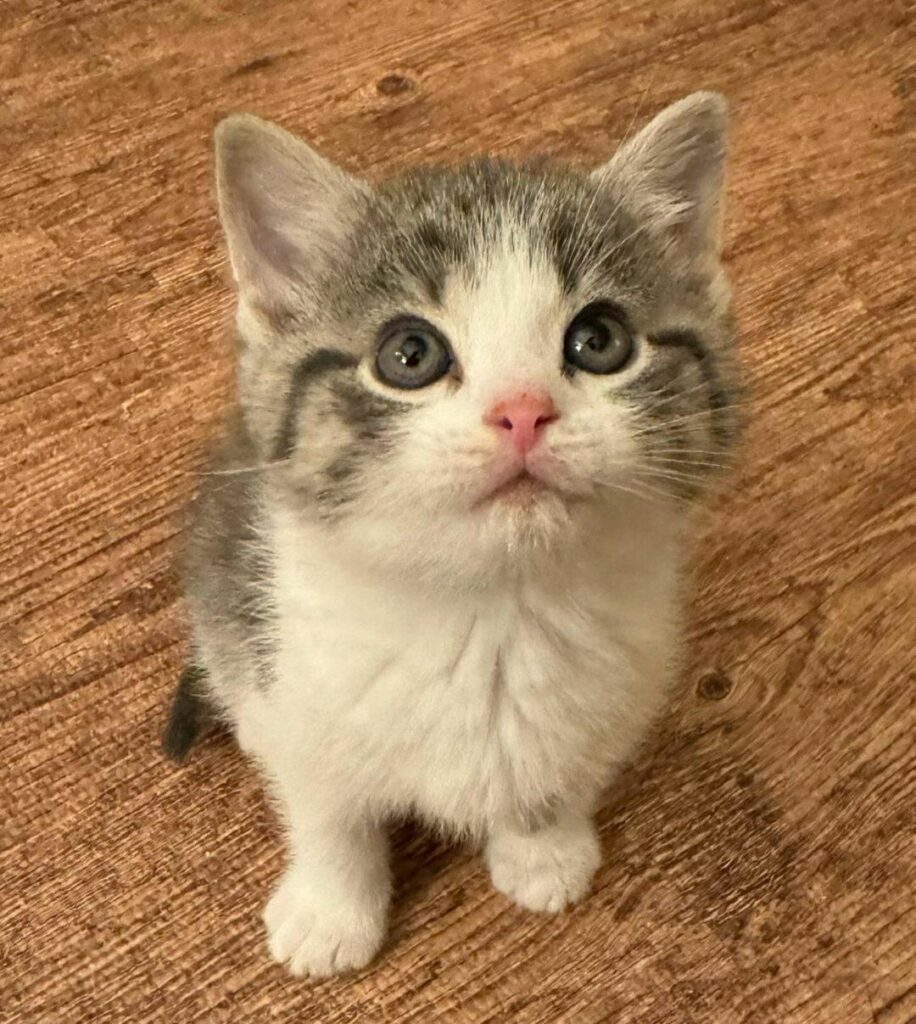
- Timing is Crucial: Deliver the reward immediately after the desired behavior occurs. This creates a clear link between the action and the positive consequence.
- Be Consistent: Use the same cues, commands, and rewards consistently for specific behaviors. This helps your kitten understand what’s expected of them.
- Short and Sweet Sessions: Keep training sessions short and positive. Aim for 5-10 minute sessions several times a day. Kittens have short attention spans, so short bursts are more effective than long, drawn-out sessions.
- Patience and Understanding: Training takes time and patience. Don’t get discouraged if your kitten doesn’t get it right away. Be consistent, positive, and celebrate small victories.
What You Can Train:
Here are some common behaviors you can train your kitten using positive reinforcement:
- Litter Box Use: Most kittens instinctively use the litter box, but you can help them by placing it in a quiet, easily accessible location and keeping it clean.
- Scratching Post Use: Provide a scratching post with a sisal rope or cardboard surface and encourage scratching by placing catnip on it or using a toy to lure them.
- Basic Commands: Simple commands like “sit,” “stay,” or “come” can be taught using treats and a clicker.
- Gentle Play: Teach your kitten bite inhibition by redirecting rough play with a toy and rewarding gentle behavior.
Remember:
- Set Realistic Expectations: Don’t expect your kitten to learn complex tricks overnight. Start with simple commands and gradually increase difficulty as they progress.
- Respect Their Independence: Cats are naturally independent creatures. Don’t force them to interact if they seem uninterested.
- Make it Fun!: Training sessions should be positive and enjoyable for both you and your kitten. Use a playful approach and celebrate their successes.
By starting early, using positive reinforcement techniques, and keeping training sessions fun and engaging, you can set your kitten up for success and develop a loving, well-behaved feline companion.

